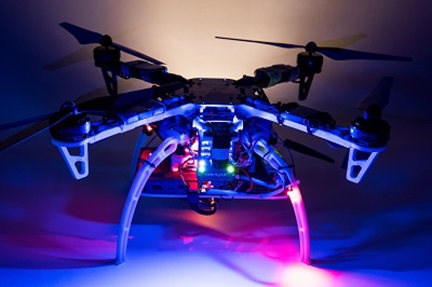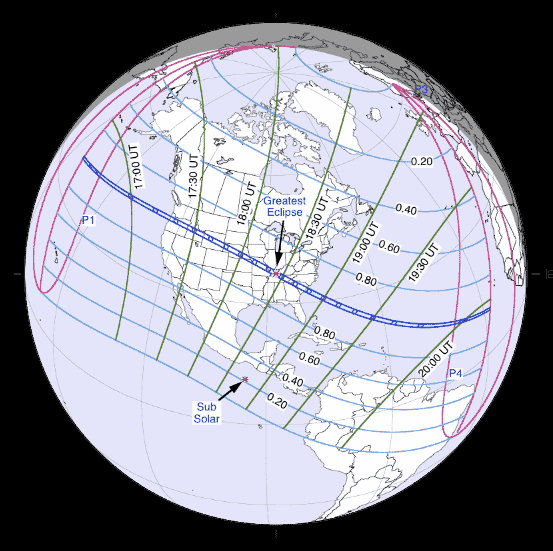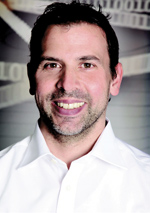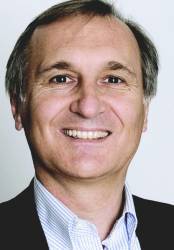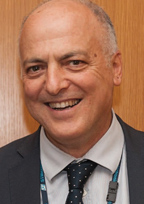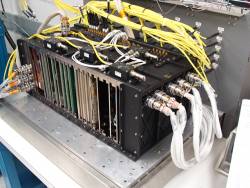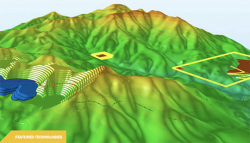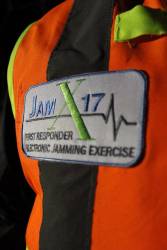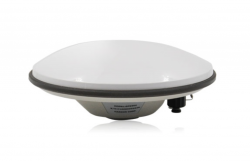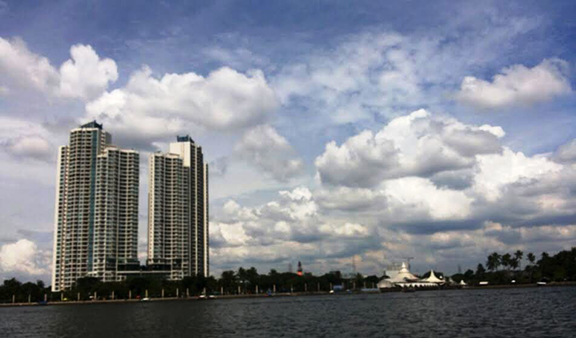With Help from Rohde & Schwarz, ESG’s GUARDION Solution Protects G20 Summit Against Threat of Unauthorized Drones
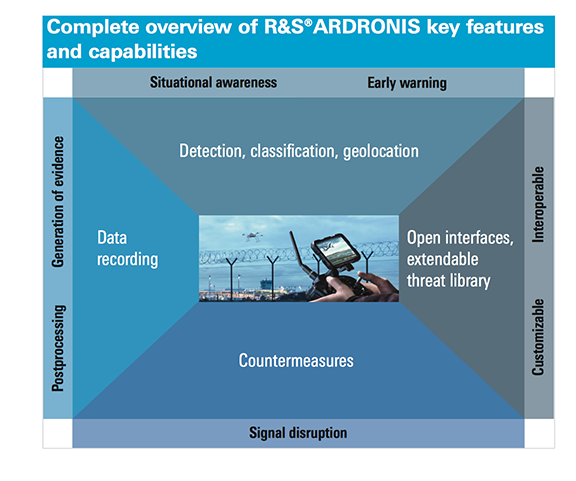 Part of the solution for reliably detecting and defending against drones is the R&S Ardronis from Rohde & Schwarz
Part of the solution for reliably detecting and defending against drones is the R&S Ardronis from Rohde & SchwarzThe Federal Criminal Police Office (Bundeskriminalamt/BKA) commissioned ESG Elektroniksystem- und Logistik-GmbH to ensure the reliable and effective protection of the G20 Summit in Hamburg, Germany (July 7-8 2017) against the unauthorized use of drones with components of their modular Counter-UAS System GUARDION.
By Inside GNSS
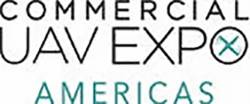
.jpg)
